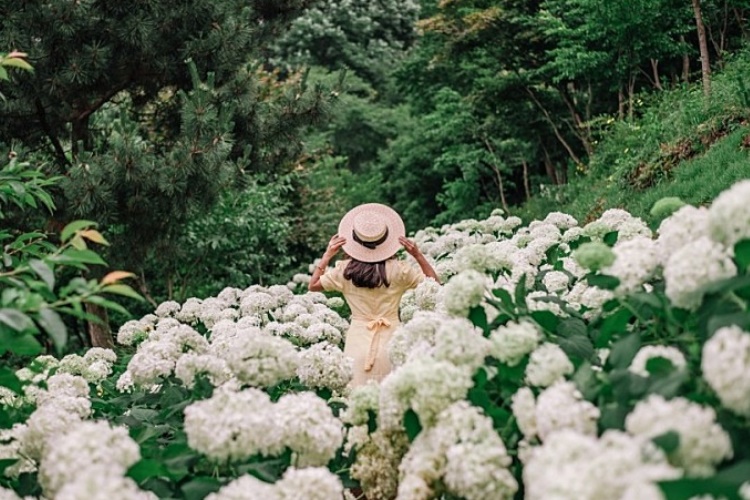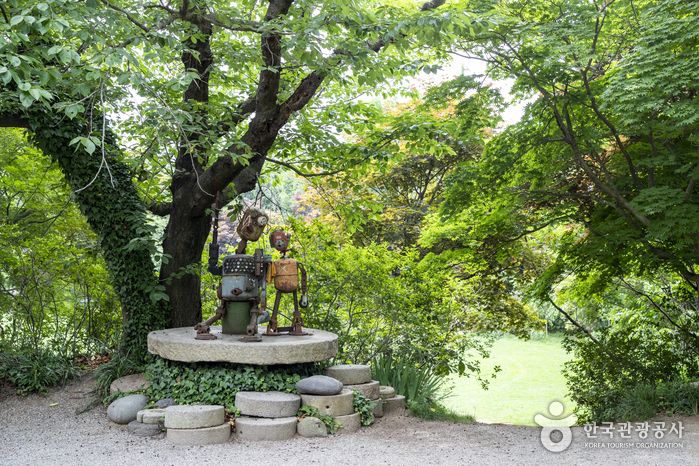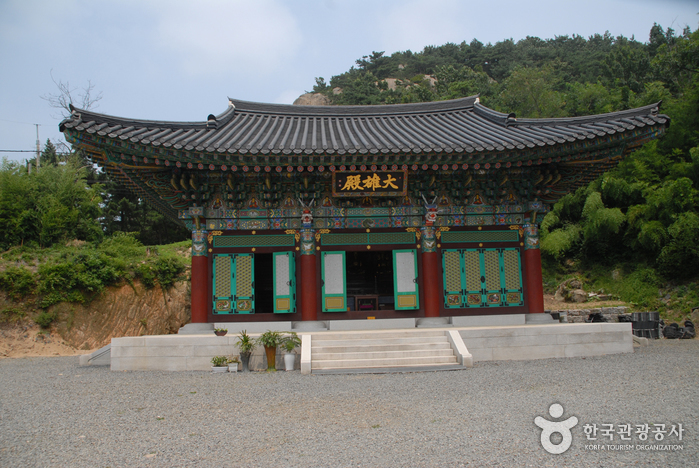Samsunsan Arboretum (삼선산수목원)
19.5Km 2023-07-14
79 , Samseonsansumogwon-gil, Dangjin-si, Chungcheongnam-do
Samseonsan Arboretum is a nature experience learning center and home to over 1,160 different species of plants. In addition to outdoor gardens where you can enjoy a variety of flowers and trees, there are also 10 facilities including an exhibition greenhouse, Kid's Dream Forest, and Korean Peninsula Park. It also features 23 exhibit gardens such as a hydrangea garden and azalea garden. Moreover, the arboretum presents diverse and beautiful sceneries during each season and is well-equipped with convenience facilities including a children's playground in the forest, a picnic area, cafe, and a water play area. Samseonsan Arboretum runs various programs for children and teenagers as well as the general public, and such programs include a forest guide program through which you can explore the arboretum with a forest commentator to feel the nature, a forest eco experience for children and infants, and the weekend experience program features plays, craft activities and other hands-on experiences.
* Image credit: Culture & Tourism Division, City of Dangjin
Baekhwasan Mountain (Taean) (백화산(태안))
19.6Km 2025-01-17
41-2 Dongmun-ri, Taean-eup, Taean-gun, Chungcheongnam-do
Baekhwasan Mountain, standing at 258 meters tall and located north of Taean, is relatively small, allowing for an easy climb. Its name, Baekhwa, is derived from the appearance of the snow-capped mountain, which resembles a white cloth draped over its peak. The mountain is rich in pine trees and rocks and is home to historical sites such as the Rock-carved Standing Buddha Triad in Dongmun-ri, and the Baekhwasanseong Fortress. A suspension bridge spans a cliff on the mountain, and the summit offers a spectacular view of the sunset.
AMI Art Museum (아미미술관)
19.7Km 2024-06-05
753 Nambu-ro, Dangjin-si, Chungcheongnam-do
AMI Art Museum is a private art museum opened in the previous Yudong Elementary School building. The museum aims to preserve traditional culture and the current natural environment through exhibiting local architecture, culture, customs, and lifestyles as they are. The museum breaks away from simple exhibitions through the creation of new content to revitalize museum culture.
Taean Taeeulam Hermitage (태을암(태안))
19.8Km 2021-07-30
78-132, Woni-ro, Taean-gun, Chungcheongnam-do
+82-41-672-1440
Taeeulam Hermitage is well-known for Rock-carved Standing Buddha Triad, designated as National Treasure No. 307. Featuring gently smiling Buddhas, Taean’s Budda Triad has a unique formation with a smaller Bodhisattva figure set in the middle with two Buddha statues on the sides, being different from a typical triad which usually features a main Buddha in the middle surrounded by two Hyeopsi Bosal (Buddhist saint) on the sides.
Taeeulam Hermitage is located on the western coast, providing opportunities to interact with China and Chinese culture but this also allowed for frequent appearances of foreign raiders. With this geographical background, Taean was able to accept Chinese precedent culture earlier than other areas and established excellent Buddhist cultural relics.




 English
English
 한국어
한국어 日本語
日本語 中文(简体)
中文(简体) Deutsch
Deutsch Français
Français Español
Español Русский
Русский